In the old city of Edo, there were three execution grounds: Suzugamori along the Tokaido Road,
Kozukahara (Minami Senju 2, Arakawa Ward) along the Nikko Kaido Road; and Owada at Asakawa-kawara,
Hachioji (Owada-machi, Hachioji City). The Suzugamori execution grounds were built in 1651.
Daikyo-ji temple was established to pray for those executed at the Suzugamori execution grounds,
and it is for this reason that a number of memorial towers can be found on the temple grounds.
Amongst these, one of the most famous is Yaoya-Oshichi. The story goes that because
the girl’s yearning for love was completely “burned away” here at this place,
that all bad luck will cease, whether it be relationships between men and women,
illness, work, drinking, tobacco, gambling, etc.,
and instead that the visitor will be granted good luck and a new beginning.



Suzugamori Execution Grounds: A historic Tokyo site
The Suzugamori execution grounds were built in 1651. Until that time, there had been two execution grounds in Edo, one in Asakusa to the north and the other in Shiba to the south. It is noted in historical records that the Shiba site was moved to the Suzugamori site.

From the time the site was established until it was abolished in 1871, numerous well-known individuals were executed here. The pedestal used in the executions, as well as many memorial towers, are now located on the grounds of the nearby Daikyo-ji temple. In 1954, the area was named a historic site by the Tokyo metropolitan government, when it became known as the Suzugamori Execution Ground Ruins. Included in the 100 Views of Shinagawa, it has been selected as an important historic and cultural site.
The ruins of Daikyo-ji temple:
telling a story of early modern era popular culture
Many well-known historic figures were executed at Suzugamori, such as Hirai Gonpachi, Yaoya-Oshichi, Ten'ichibo, Shirokiya Okoma, all of whom appear in kabuki plays or stories told by professional storytellers. The vast majority, however, were nameless people.
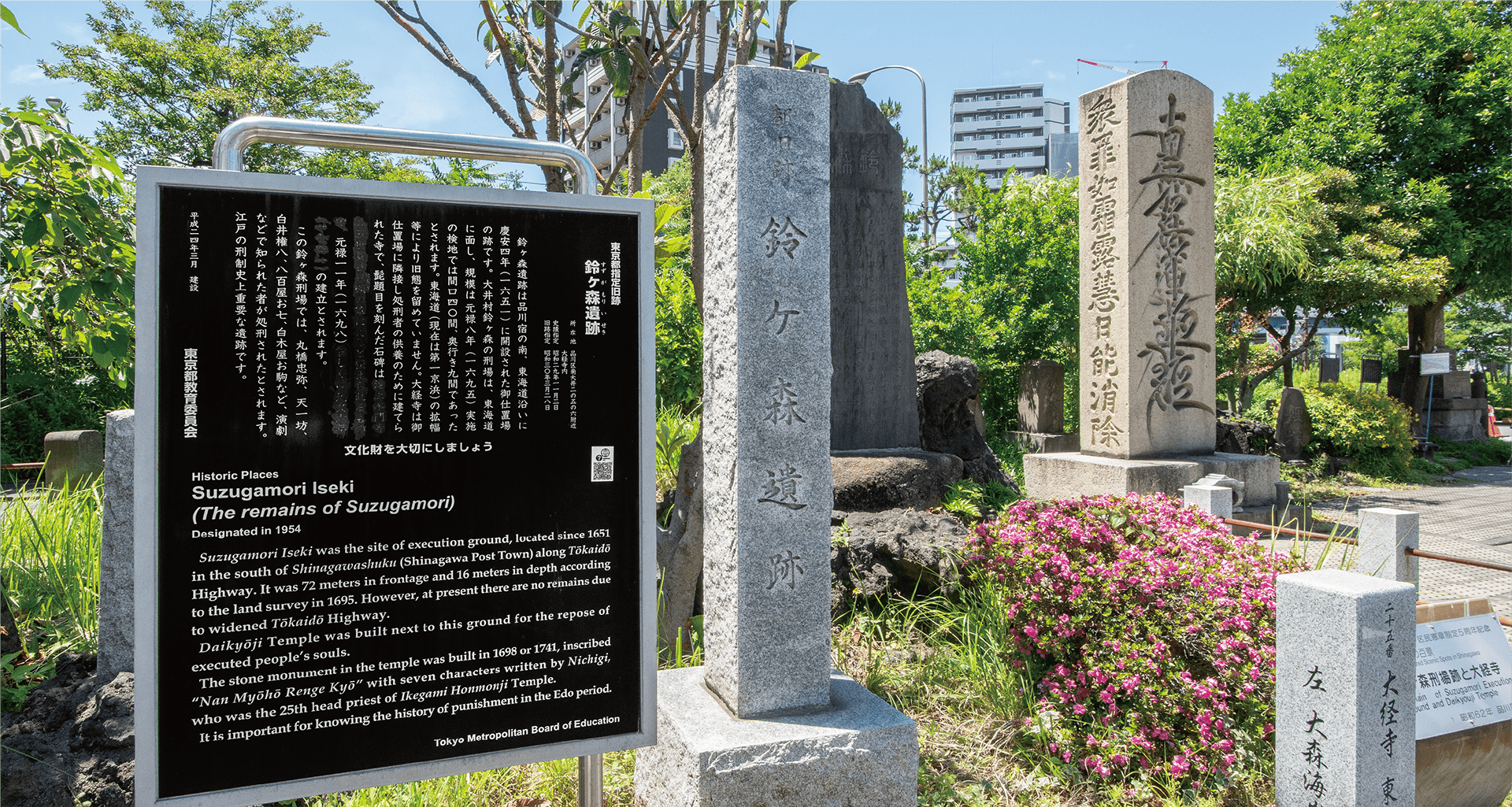
During the Edo Period, a perpetrator had to be identified in every case, and for this reason innocent individuals were executed in many instances. In fact, it is believed that about 40% of people executed did not actually commit crimes. The village people, absolved of any wrongdoing and their own problems averted, would then pray for the executed individual—someone they may never have even heard of—in the shadow of the execution grounds.
Memorial tower watches over the history of Suzugamori
Namu Myōhō Renge Kyō inscribed in deep, bold letters on a three-meter-plus slab of graniteーーーー
This memorial tower always appears in the kabuki play “Ukiyozuka Hiyoku no Inazuma (The Floating World’s Patter and Matching Lighting Bolts)”
in which Shirai Gonpachi (actual name Hirai Gonpachi) and Banzui-in-chobei meet at Suzugamori.


▲Post
The prisoner was tied to posts at the hole in the center, and stabbed to death.

▲Death-by-immolation site
The prisoner was burned alive here atop the stones.
Historical figures associated
with Daikyo-ji Temple
Individuals known to the present day
for their prominent place in kabuki and story-telling
The first person said to be executed at Suzugamori is believed to be Marubashi Chūya, who was involved in the Yui Shōsetsu uprising of 1651, followed by many others whose lives have been depicted in kabuki theater and professional storytelling, such as Hirai Gonpachi (known as Shirai Gonpachi in kabuki), Ten'ichibo, Yaoya-Oshichi, and more.
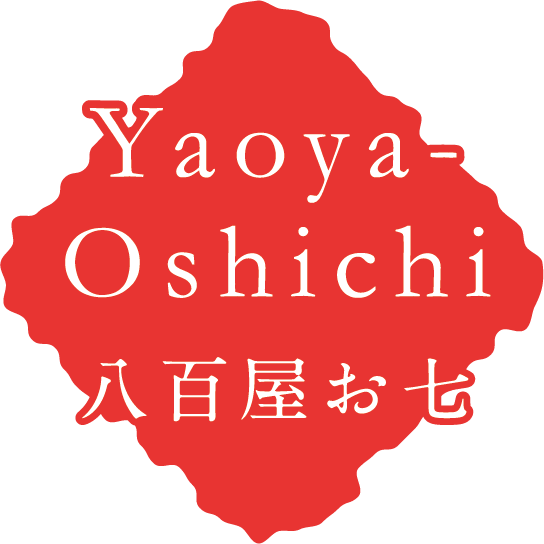
The home of Yaoya-Oshichi, daughter of a greengrocer in the Hongo neighborhood of Edo,
was destroyed by fire in 1682. While their house was being rebuilt, the family stayed in a temple,
Fell in love at first sight with a young man called Kichisaburō at this temple.
Obsessed with Kichisaburō even after returning to her home once it was rebuilt,
she began to think: perhaps if her house burned down a second time, she might be able to see the young man again,
an idea prompting her to set fire to the area. Arrested for attempted arson,
Yaoya-Oshichi was burned at the stake at Suzugamori in 1683.
The story of the love of Yaoya-Oshichi, depicted in
“Koushoku Gonin On’na (Five Woman Who Loved Love)” by Ihara Saikaku,
became well-known around the entire nation.
To this day, it appears in all genres of Japan’s entertainment world,
including kabuki, bunraku plays, rakugo storytelling, movies, drama, manga, and
more. In modern versions, Yaoya-Oshichi does not commit arson;
instead she famously rings the Yaoya-Oshichi town alarm bell,
though prohibited to do so. The scene continues to draws tears
from audiences today.
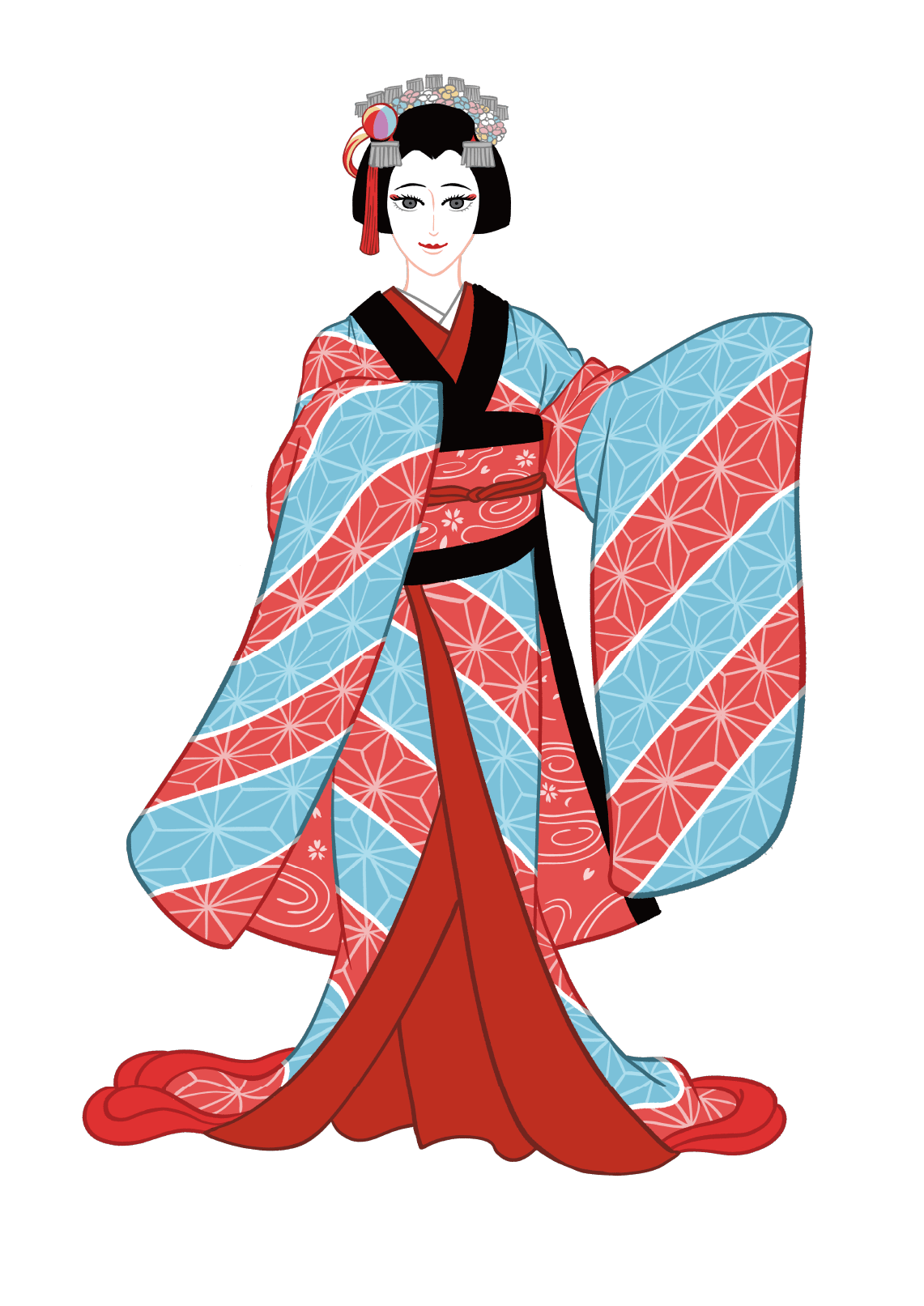
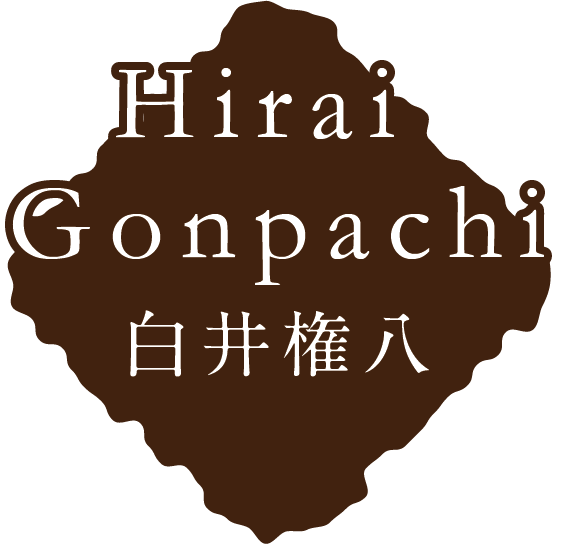
Hirai Gonpachi, the real person upon whom the kabuki character Shirai Gonpachi is based, murdered a colleague of his father’s. Later, in need of money, he engaged in a series of murders. He was executed at the young age of 25 at Suzugamori. Depicted as physically beautiful and strong, yet with roguish traits contradictory to his looks, the character of Gonpachi was a star of kabuki theater and novels through the latter Edo Period.

The character of Banzui-in-chobei is also based on an actual historical figure, a sort of protector of the common people and gang leader in the Hanakawado area of Edo during the early Edo Period. These two characters were made famous after they were featured in Tsuruya Namboku IV’s “The Floating World's Patter and Matching Lightning Bolts.”
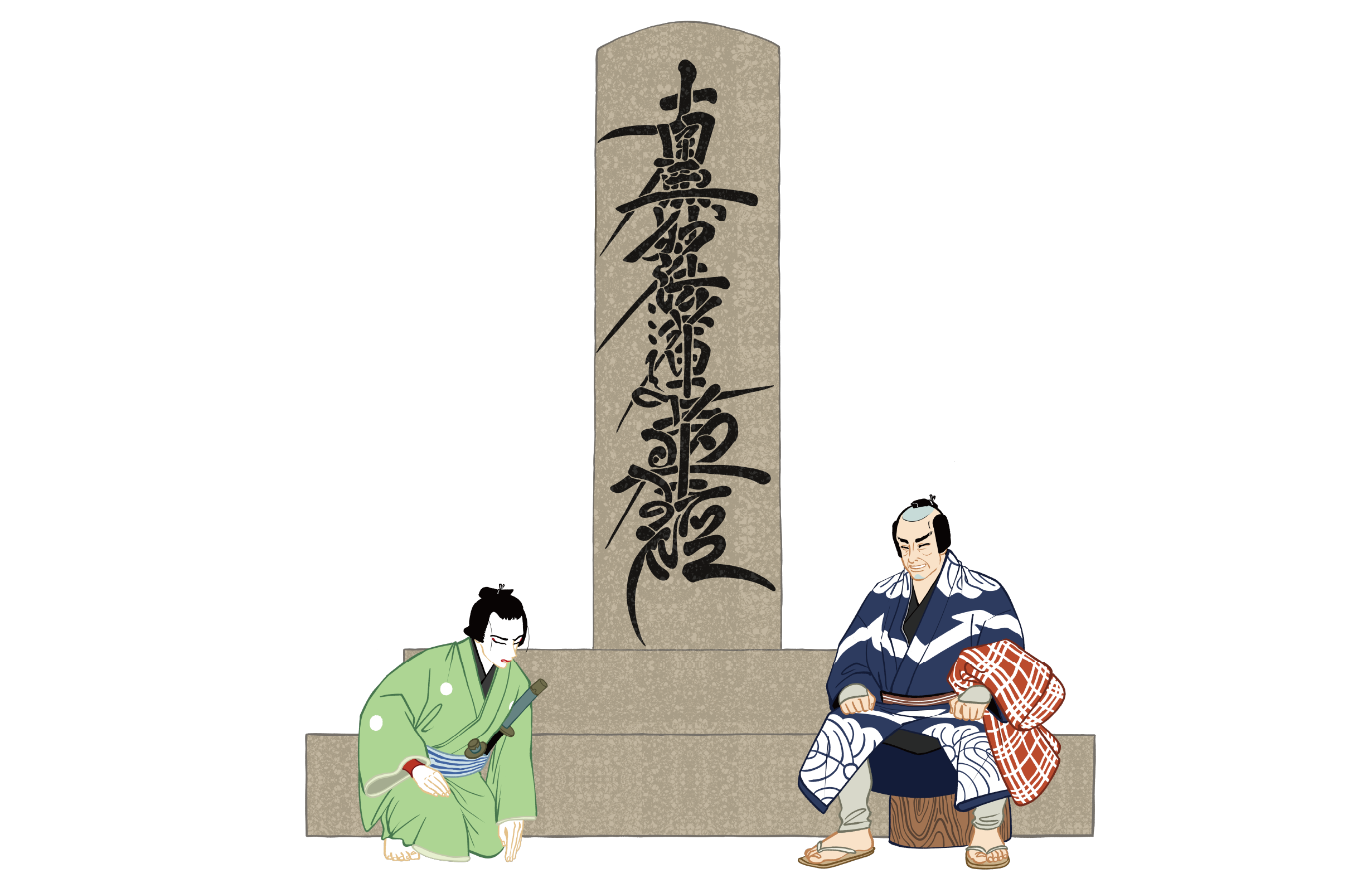
Annual events
-

The Yoga class
-

Food cars available
-

Electric Scooter rental service
※License required -

Nearby Suzugamori
-

Ema
(small wooden plaques used to make wishes at temples and shrines)
Major annual events
-
February
・Star Festival
(prayer festival) -
March
・Spring equinox
Buddhist service -
July
・Feast of Lanterns
Buddhist service -
September
・Fall equinox
Buddhist service -
October 22nd
・Nichiren Buddhist service
・Buddhist Lantern Festival -

Access
By train
- 13-minute walk from JR Omori Station
- 10-minute walk from Tachiaigawa Station on the Keihin Kyuko Line
- 8-minute walk from Omorikaigan Station on the Keihin Kyuko Line
